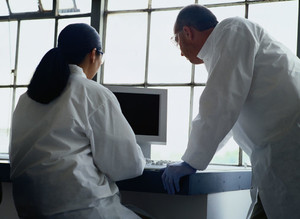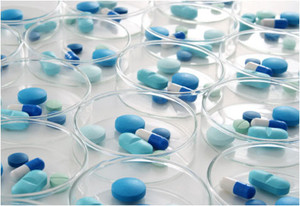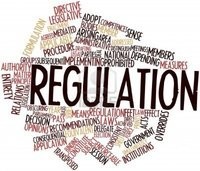The EMA’s Committee for Medicinal Products for Human Use (CHMP) has guidelines that provide a framework for the development of ‘biosimilars’ in the EU. The recent licensing of recombinant somatropins and several erythropoietins has proved that the present system works. Can the same regulatory path also be applied to more complex biologicals, such as monoclonal antibodies (mAbs)?
The current EU regulatory framework governing biosimilars
Home/Guidelines
|
Posted 25/08/2010
 0
Post your comment
0
Post your comment

Under present legislation, a biosimilars Marketing Authorisation Application requires demonstration of the similar nature of two biological medicinal products. The CHMP’s overarching guideline puts forward the general concept of biosimilars. The scope of the guideline includes ‘any biological product’, and it explicitly mentions complex biotech-derived medicinal products, such as vaccines and mAbs, ruling out biosimilar blood products. As regards general regulatory requirements, the European Pharmacopoeia has monographs for mAbs and products of recombinant DNA technology.
The CHMP guideline states that, in practice, the success of a biosimilar development approach will depend on the ability to characterise the product under question and thus demonstrate the overall similarity of the product concerned with its reference product, without the rigour required for a new drug.
The difficulty for developers of any biosimilar is that the originator company does not reveal how it makes the product. A biosimilar developer thus has to buy the reference mAb as a finished drug product from a pharmacy then purify the drug and reverse engineer a process to duplicate it. This is understood by the regulators and an identical manufacturing process is not required for a biosimilar. Indeed, the quality attributes are not required to be identical. This follows from the principle that a biotechnological product is defined by the way it is manufactured, including all process- and product-related impurities, excipients, etc. In a way ‘the process is the product’. Thus, even if manufacturing processes deviate from each other, which will inevitably lead to distinct quality attributes, the biosimilar development pathway is not per se excluded. The approved biosimilar Valtropin was produced in Saccharomyces cerevisiae, whereas the comparator was produced in E. coli.
Compliance with the European Pharmacopoeia is, therefore, a necessary, but not sufficient requirement for a biosimilar mAb application in the EU. Under today’s rules, an application for a biosimilar mAb, like that of any biosimilar requires two elements: a complete, stand-alone manufacture and quality control dossier and second, a comparative part establishing the similarity with the reference product.
(see also Technical challenges in defining mAbs, What clinical trials will be required for biosimilar mAbs?
and How far does similarity go?)
References:
Schneider CK, Kalinke U. Toward biosimilar monoclonal antibodies. Nat Biotechnol. 2008;26(9):985-90
European Medicines Agency (EMA), Committee for medicinal products for human use (CHMP), Guideline on similar biological medicinal products, CHMP/437/04, London, 30 October 2005
European Pharmacopoeia. Monoclonal Antibodies for Human Use (Anticorpora Monoclonalia ad Usum Humanum), Monograph 2031 (European Pharmacopoeia, Strasbourg, 2008). Available from: http://www.edqm.eu/en/Homepage-628.html
European Pharmacopoeia. Recombinant DNA Technology, Products of (Producta ab ADN recombinante), Monograph 0784 (European Pharmacopoeia, Strasbourg, 2008). Available from: http://www.edqm.eu/en/Homepage-628.html
European Medicines Agency (EMA), Valtropin European Public Assessment Report (EPAR) H-C-602, 17 June 2009
European Medicines Agency (EMA), Committee for medicinal products for human use (CHMP), Guideline on similar biological medicinal products containing biotechnology-derived proteins as active substance: quality issues, EMEA/CHMP/BWP/49348/2005, London, 22 February 2006
Policies & Legislation
ANVISA tackles 24-month backlog in biologicals post-registration petitions
US EO: delivering Most-Favored-Nation Prescription Drug Pricing to American patients
Most viewed articles
The best selling biotechnology drugs of 2008: the next biosimilars targets
Global biosimilars guideline development – EGA’s perspective
New guidance for biologicals in Pakistan and Hong Kong’s independent drug regulatory authority

Home/Guidelines Posted 20/10/2025
Canada poised to remove requirement for Phase III trials for biosimilars

Home/Guidelines Posted 22/07/2025
The best selling biotechnology drugs of 2008: the next biosimilars targets








Post your comment